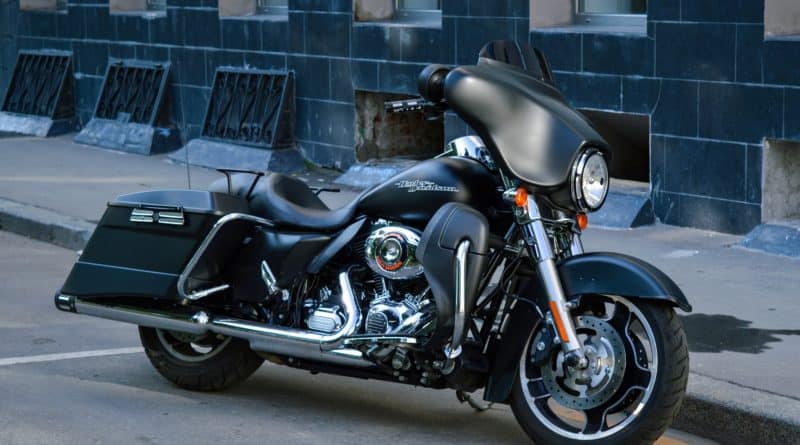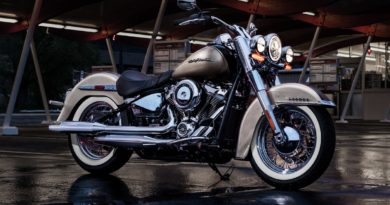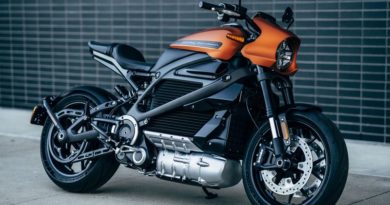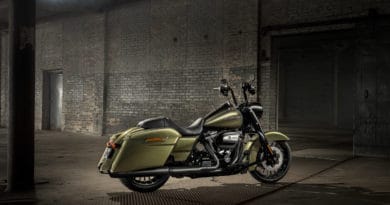Motorcycle Fairings: How They Keep you Safe as you Ride
One of the most iconic accessories you can add to your motorcycle is a fairing. Popular among veteran motorcyclists and beginners alike, aftermarket fairings, which are primarily installed toward the front of a motorcycle, are often added to make a bike look more streamlined, or to add luxuries such as high-performance speakers. However, the right fairing can also be one of your bike’s most important safety features.
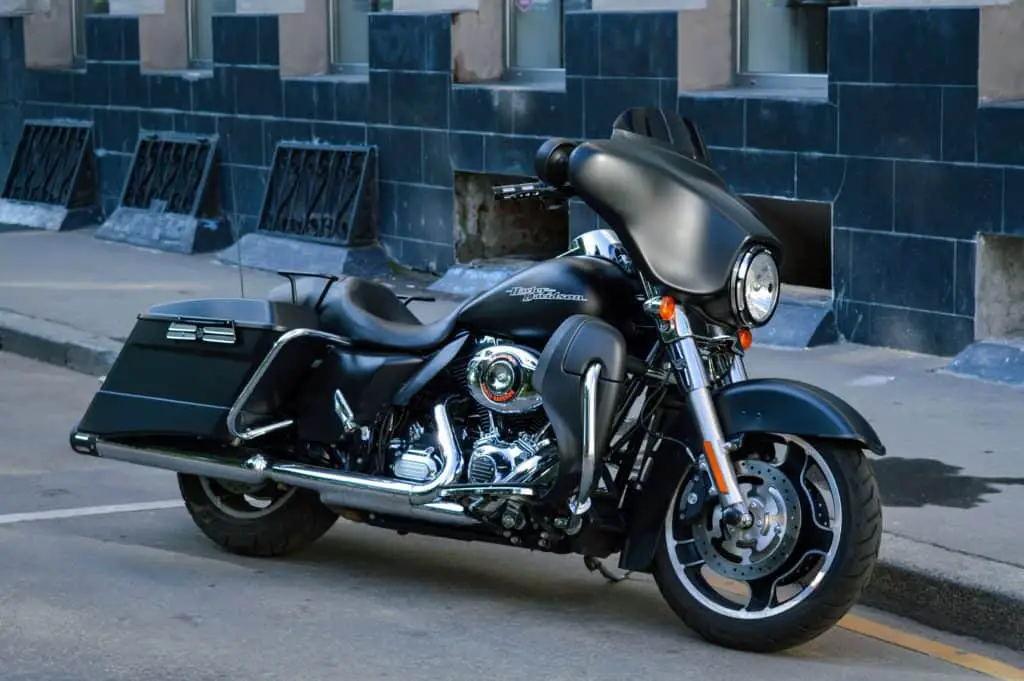
Contents
What is a fairing?
For those who may not know, a fairing is a large, often wing-shaped panel or cowl that some bikes sport above their front wheel, in the handlebar area, and just below it. There is often an integral windshield, but its size and shape — much like the size and shape of the fairing itself — can vary.
Many riders choose a fairing to house speakers or because it contains small storage areas, but a fairing can be much more than an expensive speaker box. Most fairings are designed with a greater purpose in mind — and that purpose is to protect you, the rider.
Primary Safety Benefits of a Faring
As safety accessories, fairings are engineered and manufactured for protection. From their impact-resistant materials to the carefully molded shape, all fairings are built to provide benefits that help riders make it back home safely. Here are four safety benefits a fairing can provide:
1. Shields Against Small Debris and Insects
As you ride, the fairing guides the air you move through around and over you and your bike. As it does this, it creates a small area of higher pressure directly around you which is, in turn, surrounded by the lower pressure area of the road you’re traveling. Just as this same principle creates lift when applied to an airplane’s wing, it creates a force that moves bugs, dust, and small, airborne road debris, out of your way as you ride.
2. Reduces Wind Blast
As it moves road debris away, a fairing forces wind around you. In fact, it creates a small pocket of low pressure directly behind the fairing, and you travel in this pocket of low pressure. This helps ease or eliminate the chill that windblast can leave across your hands, head, and the trunk of your body. When your body temperature lowers, it tires you quickly, and a fatigued rider is more likely to make poor decisions on the road. By avoiding chill, you ride safer.
3. Shields Against Large Debris
As any rider can tell you, the debris left behind on our highways and byways can be a lot larger than pea gravel. From small stones and tire belting kicked up by passing vehicles to random trash that flies at you out of the back of a pickup, some debris is too big to be forced away by air and comes upon your motorcycle too quickly for you to dodge it. When this happens, your fairing can provide a physical barrier to deflect the object away from your body.
4. Houses Electronic Safety Equipment
Speakers can fit in a fairing, but so can transmitters that send the latest weather advisories, road conditions, and radar detector signals directly to your helmet. The space available to install these devices varies, but there are electronics available that can fit in exceptionally tight spaces, so you can have all the information you need at your fingertips.
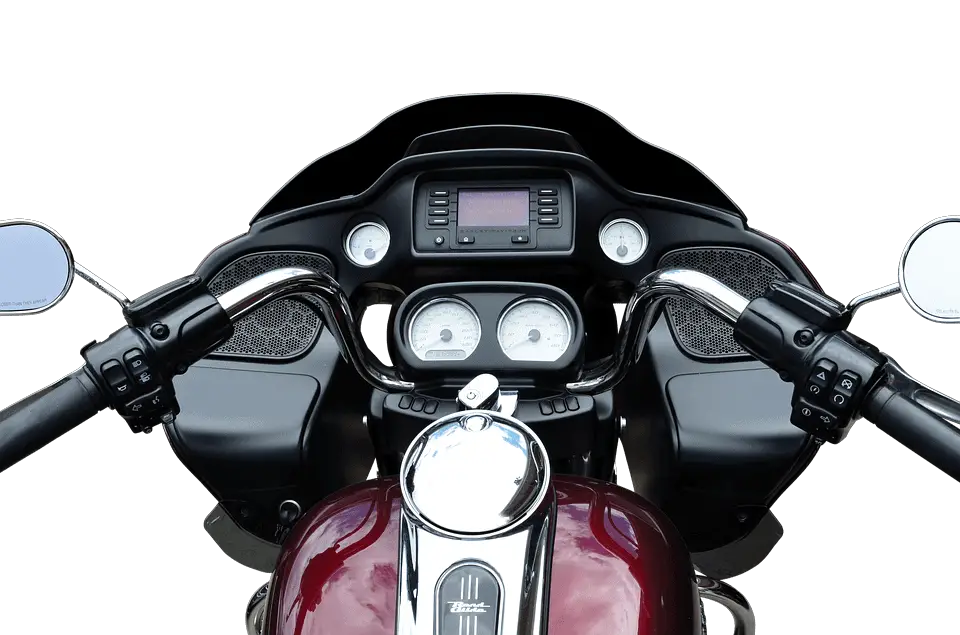
What To Consider When Buying A Fairing
• The Perfect Fit – When buying a new motorcycle fairing, choose a model that is engineered for your make and model of motorcycle. This will lead to an easier installation process and less of a gap for wind and debris to slip through.
• How the Fairing Attaches – Fairings generally attach in one of two places: the frame or the fork. If it attaches to the frame, your fairing will remain in place as you turn the bike’s wheel. This may provide more stability, but it offers less angular protection during turns. Fairings attached to the fork, meanwhile, provide greater protection during turns, but they will cause a slight shift in drag and weight that you’ll need to learn to account for.
• Weight – A lighter fairing may save a bit of gas and essentially make your bike handle exactly as it would without a fairing, but a heavier fairing is superior as a physical shield, as the extra mass makes it better at deflecting small-to-midsize pieces of debris.
Fairing Thee Well
Regardless of your riding style or preference for motorcycle aesthetics, there is a fairing made for you and your bike. Not only can fairings make your bike appear more streamlined; they can also help you ride with a greater degree of safety, wherever the winding road takes you.
Guest Post by Jordan McDowell
Learn to be a better Rider: Rev-Matching Technique
- Cost of Changing Transmission Fluid - August 23, 2021
- 5 Symptoms of Blown Head Gasket - August 16, 2021
- 7 Symptoms of Bad Fuel Pump - August 11, 2021
